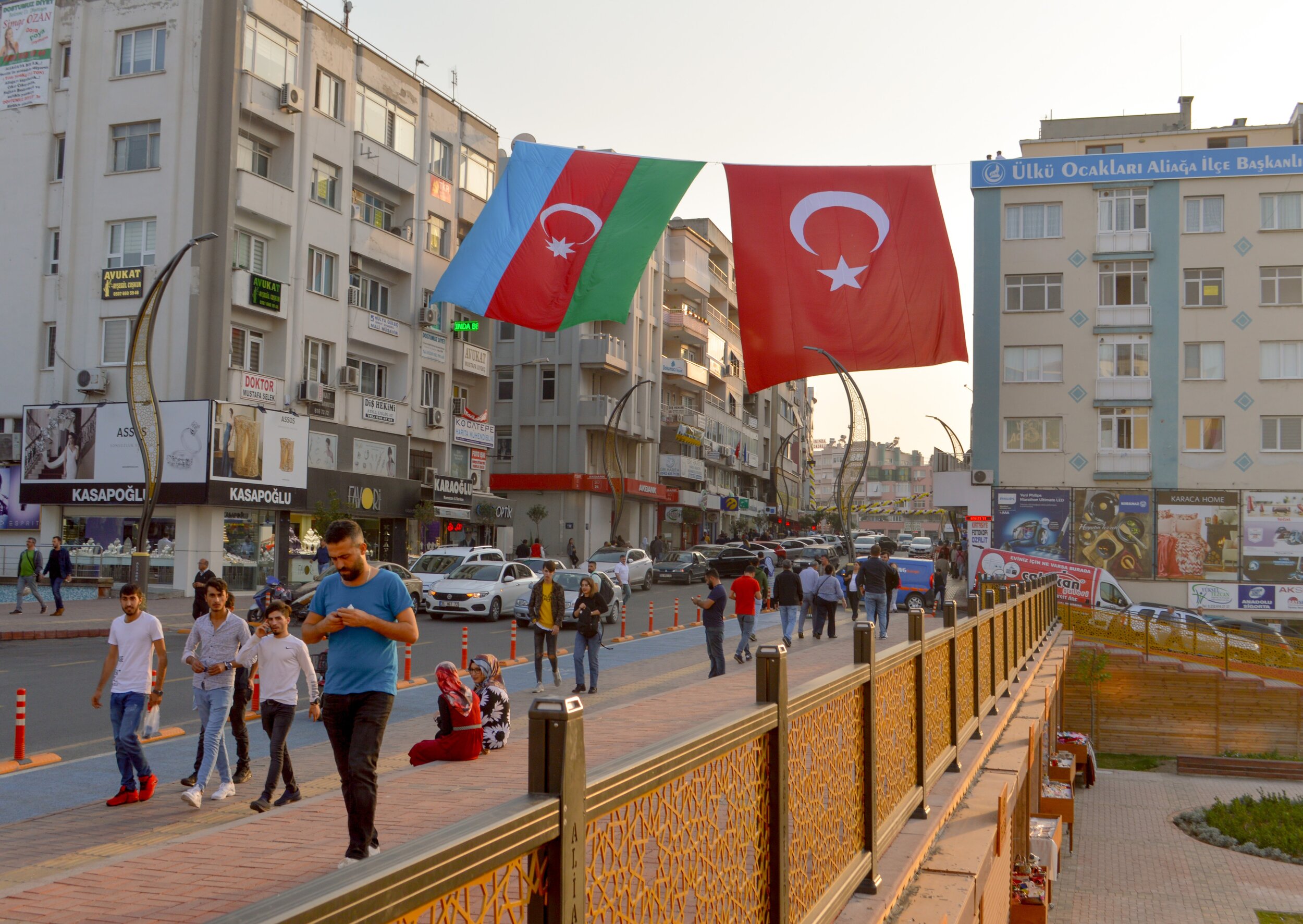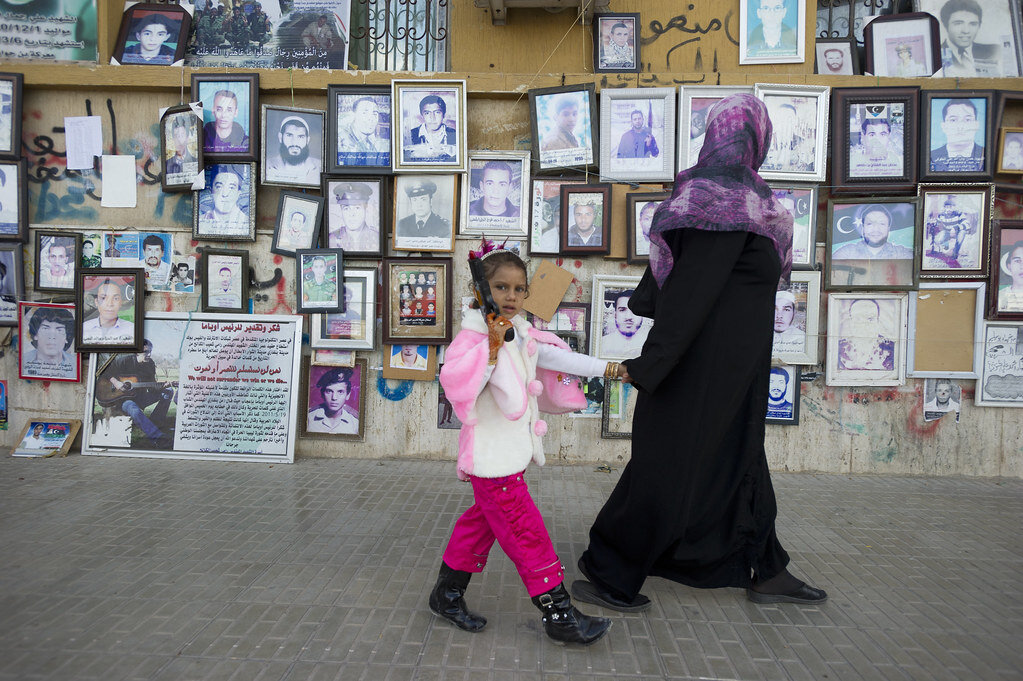As the pandemic threatens lives globally, it has allowed for unseen tragedies to take hold: Naval vessels are increasingly vulnerable to piracy.
Royal Marines on Counter Piracy Operations Near Somalia. Defense Images. CC BY-SA 2.0.
Many adverse effects result from the pandemic lasting for nearly two years, including one that landlubbers are likely unaware of. For over a year, COVID-19 has exacerbated a problem that has permeated the seas for centuries: piracy.
In the first six months of 2020, fifty armed attacks at sea were recorded throughout Asia, twice as many than the year prior. Though the attacks spanned from the South China Sea to Bangladeshi coasts, Maritime Southeast Asia is the true threat for commercial naval traffic as most Asian naval attacks are concentrated within the Malacca and Singapore Straits. The region’s island geography is responsible for such prevalence of piracy, featuring dense clusters of three archipelagos whose waters are treacherous and often unsupervised.
Beginning in April 2021, naval hijackings in Central America increased significantly. Mexico’s opening of its oil industry to international investments is suspected to be the cause. As Central American pirates target shipping containers and oil platforms within the Gulf of Mexico and the Caribbean. In addition, transnational criminal networks are lured by prospects of lucrative loot, such as technical equipment sold on the black market and inadequate security in Latin American countries.
Maritime security experts are most concerned about the naval violence surging off of West Africa coastlines. Whereas Asia experiences the highest frequency of piracy, West African waters, specifically within the Gulf of Guinea, suffer from the most severe crimes spanning from armed robbery to crew kidnappings. It’s also challenging to quantify the scale of piracy. Shipping companies may resist reporting pirate-related incidents to insurers. Up to 60% of all naval attacks on merchant vessels, fishing boats or passenger vessels occurring within the Gulf of guinea are unaccounted for. Many incidents of West African piracy take place as far as 100 nautical miles from coastlines, in areas unprotected by coast guards or naval forces.
Worsening Factors
The pandemic’s devastating effect on the global economy has increased poverty and unemployment, incentivizing individuals towards pursuing criminal activities. A decline in international trade has prompted shipping companies to decrease crew sizes and armed guard escorts, normally mitigating naval hijackings. Travel restrictions and border closures forced many vessels to be stranded at sea or port for months, yielding such ships as static quarries for premeditated piracy. Lastly, most nation-states prioritized public safety programs to contain the outbreak of COVID-19 among their land-based populations. Government focus has been redirected from possible threats at sea to definite ones on land. Resources and staffing have been shifted away from the security of bulk carriers, product tankers and container vessels—the types of ships most commonly preyed upon by pirates. Quarantines, fragile port security, and inadequate responses to the virus’s spread have enabled a global rise in piracy.
Rohan is an engineering graduate from Brown University. He is passionate about both writing and travel, and strives to blend critical thinking with creative communication to better understand the places, problems, and people living throughout the world. Ultimately, he hopes to apply his love for learning and story-sharing skills to resolve challenges affecting justice, equity, and humanity.































